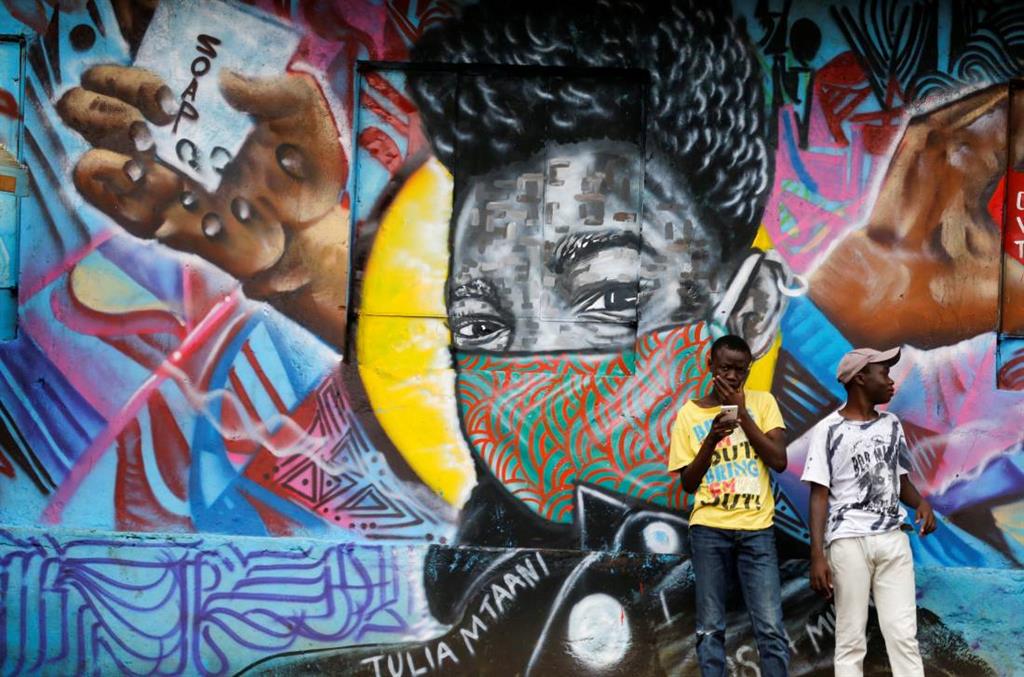More than N$10 bn in debt holidays
The average lending rate in Namibia last year decreased from 9.83% to 6.92%.
Jo-Maré Duddy – Commercials banks last year granted clients severely impacted by the Covid-19 pandemic debt relief to the tune of N$10.3 billion in total.
About N$4.5 billion or 44% of this was relief to individuals, according to the Bank of Namibia’s (BoN) Financial Stability Report (FSR) released last week.
Most of the relief – N$4.7 billion or 46% - was granted for a period of one to three months. Nearly 19% of holidays were granted for four to six months, while 4% was applicable for seven to 12 months.
In April last year, the BoN implemented debt relief measures which allowed commercial banks to provide clients a repayment holiday on the principal amount for a period ranging from 6 months to 24 months based on thorough assessment of economic and financial condition of individual borrowers.
In terms of the measures, interest may be capitalised, on condition that a reduced interest rate shall apply during the repayment holiday period.
INTEREST RATES
The central bank in 2020 dropped its repo rate by 275 basis points from 6.5% at the beginning of 2020 to 3.75% at present to provide relief to the domestic economy. That caused the prime lending rate to fall from 10.25% to 7.5% with a year.
“Servicing mortgages and other loan products became cheaper for households, and commercial banks were able to, in turn, borrow from the Bank of Namibia at cheaper rates. This helped alleviate the debt burden, effectively relieving the pressure on households and businesses,” the central bank said.
According to the FSR, the average lending rate in Namibia decreased from 9.83% to 6.92% during the 12 months under review – a tumble of 291 basis points. In comparison, the average lending rate in South Africa was reduced by 246 basis points from 10.49% to 8.03%.
BANKS
This significant decrease in the repo rate had several effects on the economy and the banking sector’s income, the BoN said.
The sector’s total income declined by 3.1% year-on-year (y/y), from N$10.4 billion to N$10 billion, compared to growth of 7.7% reported during the previous year. Total income was largely comprised of net interest income that decreased by N$446.9 million to N$5.5 billion due to the lower interest rate environment, the BoN said in its Annual Report 2020.
After-tax profits contracted by 33.4% during 2020, down from N$2.7 billion to N$1.8 billion.
“This represents a weaker performance when compared to growth of 5.9% reported in 2019. The contraction in earnings was fuelled by impairment charges that surged by 106.1% from N$726.7 million to N$1.5 billion due to the weaker macroeconomic conditions that negatively impacted the quality of the banking sector loan book,” the BoN said.
About N$4.5 billion or 44% of this was relief to individuals, according to the Bank of Namibia’s (BoN) Financial Stability Report (FSR) released last week.
Most of the relief – N$4.7 billion or 46% - was granted for a period of one to three months. Nearly 19% of holidays were granted for four to six months, while 4% was applicable for seven to 12 months.
In April last year, the BoN implemented debt relief measures which allowed commercial banks to provide clients a repayment holiday on the principal amount for a period ranging from 6 months to 24 months based on thorough assessment of economic and financial condition of individual borrowers.
In terms of the measures, interest may be capitalised, on condition that a reduced interest rate shall apply during the repayment holiday period.
INTEREST RATES
The central bank in 2020 dropped its repo rate by 275 basis points from 6.5% at the beginning of 2020 to 3.75% at present to provide relief to the domestic economy. That caused the prime lending rate to fall from 10.25% to 7.5% with a year.
“Servicing mortgages and other loan products became cheaper for households, and commercial banks were able to, in turn, borrow from the Bank of Namibia at cheaper rates. This helped alleviate the debt burden, effectively relieving the pressure on households and businesses,” the central bank said.
According to the FSR, the average lending rate in Namibia decreased from 9.83% to 6.92% during the 12 months under review – a tumble of 291 basis points. In comparison, the average lending rate in South Africa was reduced by 246 basis points from 10.49% to 8.03%.
BANKS
This significant decrease in the repo rate had several effects on the economy and the banking sector’s income, the BoN said.
The sector’s total income declined by 3.1% year-on-year (y/y), from N$10.4 billion to N$10 billion, compared to growth of 7.7% reported during the previous year. Total income was largely comprised of net interest income that decreased by N$446.9 million to N$5.5 billion due to the lower interest rate environment, the BoN said in its Annual Report 2020.
After-tax profits contracted by 33.4% during 2020, down from N$2.7 billion to N$1.8 billion.
“This represents a weaker performance when compared to growth of 5.9% reported in 2019. The contraction in earnings was fuelled by impairment charges that surged by 106.1% from N$726.7 million to N$1.5 billion due to the weaker macroeconomic conditions that negatively impacted the quality of the banking sector loan book,” the BoN said.





Kommentar
Allgemeine Zeitung
Zu diesem Artikel wurden keine Kommentare hinterlassen